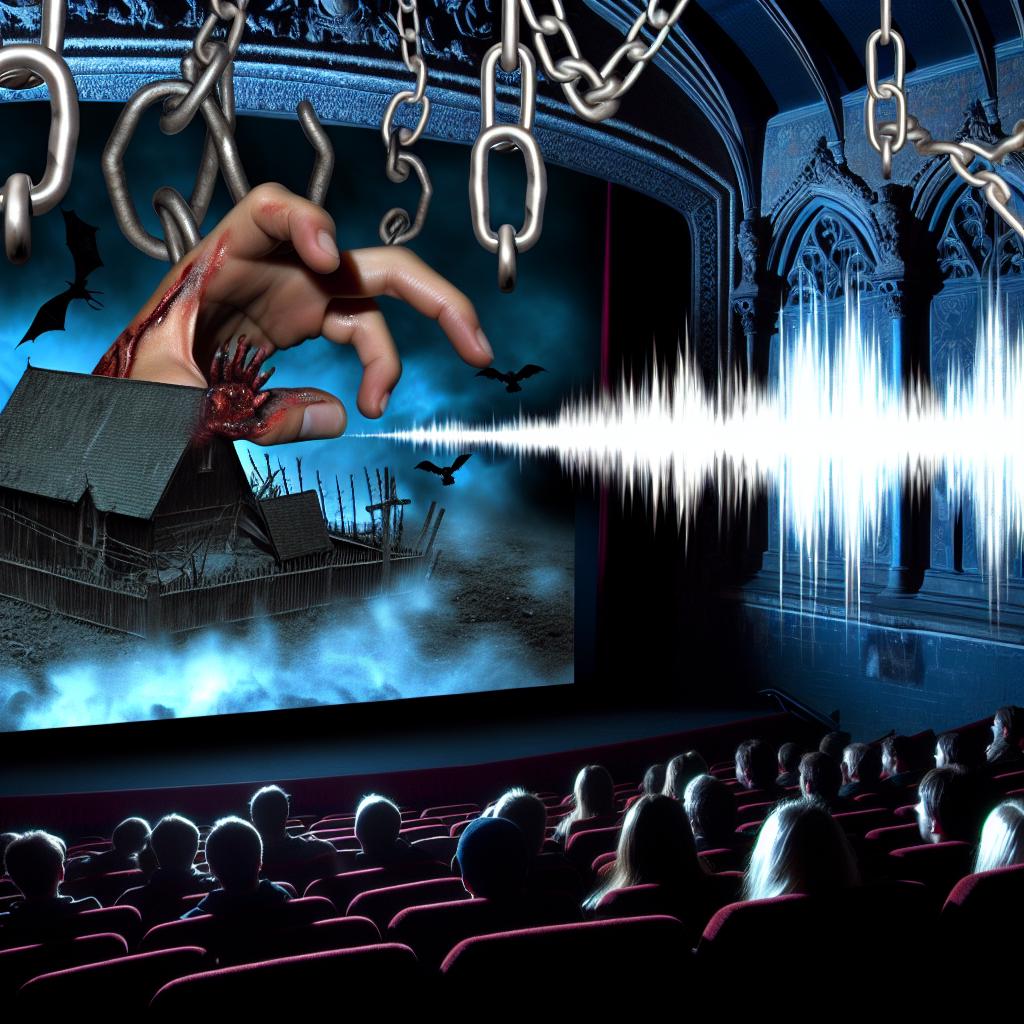The Influence of Heavy Metal on Horror Movies

The Historical Context of Heavy Metal and Horror Movies
The synergy between heavy metal music and horror movies has long fascinated fans and scholars alike. This connection is deeply rooted in a mutual defiance of mainstream cultural norms and a shared predilection for exploring the darker and more obscure aspects of human nature. Emerging as cultural behemoths during the late 20th century, these two genres soon found a harmonious alignment. Heavy metal, with its rise to prominence during the 1970s, and horror films, experiencing a renaissance during the same era, began to intersect in ways that were both inevitable and creatively fruitful. Bands such as Black Sabbath, with their thematic indulgence in the ominous and the macabre, aligned naturally with the grim and eerie imagery pervasive in horror cinema.
Common Themes and Imagery
At the heart of both heavy metal and horror movies are themes that delve into existential fears and the supernatural. These themes of death, existential dread, and the supernatural form the backbone of both genres. The imagery depicting these concerns—featuring skulls, darkness, and malevolent entities—not only suffuses heavy metal album artwork but also populates the visual landscapes of horror films. This common aesthetic is particularly captivating for audiences drawn to unsettling and taboo subjects, although their approach and execution in each genre enrich their respective narratives. This shared visual and thematic lexicon invites a similar audience demographic, who revel in the subversion of traditional storytelling to accommodate more shadowy explorations.
Music as a Tool for Atmosphere in Horror Films
Music, particularly in the realm of film, is an indispensable tool for crafting atmosphere and tension. Within horror movies, the soundtrack plays a pivotal role in manipulating the audience’s emotional and psychological responses. Heavy metal, known for its intensity and powerful sound, often finds itself intertwined with scenes requiring an amplification of chaos and violence. Its aggressive riffs and thunderous beats serve to underscore action, contributing to an overall heightened sense of urgency. Particularly in high-stakes or climactic scenes, this type of music can intensify emotions and underscore the unfolding narrative.
Influential Films and Heavy Metal Soundtracks
Over the years, various horror films have adeptly integrated heavy metal into their soundtracks to substantial effect. The 1986 film *Trick or Treat* is renowned for its explicit utilization of heavy metal as a central narrative element. Meanwhile, films such as *Deathgasm* exemplify the genre’s exuberance, embedding heavy metal within the storyline and its accompanying soundtrack. This strategic integration and collaboration often involve filmmakers teaming up with notable metal bands to craft soundtracks that resonate with enthusiasts across both domains. Such partnerships are mutually beneficial, serving as an ingenious marketing tactic that draws the band’s fan base to the film and extends the film’s audience reach back to the band’s music.
Cultural Impact and Audience Connection
The intersection of heavy metal and horror films has cultivated a distinct cultural niche, attracting fans who celebrate and value the combined art forms’ boldness and expressive freedom. Cross-promotion between the two has not only bolstered individual successes but also fostered a cultural ecosystem where elements of both genres are revered and innovatively recombined. Festivals and conventions celebrating horror frequently feature live heavy metal performances, drawing diverse crowds united by a shared interest in the evocative energy each genre offers. This crossover nurtures collaborations that continuously fuel the evolution of each genre while maintaining their artistic integrity.
For those inclined to delve deeper into this symbiotic relationship, a wealth of resources exists—ranging from critical essays to comprehensive documentaries—that chart the historical developments and feature notable instances of this cultural crossover. Film festivals devoted to horror and music enthusiasts provide platforms for experimentation and homage, ensuring these intertwined worlds continue inspiring one another.
In exploring the intertwined legacies and future potential of heavy metal and horror films, it becomes clear that this relationship is more than a superficial alliance. It represents a shared drive to push creative boundaries, explore the human psyche’s dark corners, and ultimately offer a respite for those who find solace amidst the chaos and intensity these genres afford. Both heavy metal and horror films continue to challenge conventions, serving perennial reminders of the power of art to reflect and shape societal values. The rich tapestry woven by their connection remains a fascinating subject for exploration and appreciation among creators and connoisseurs alike. From the stage to the screen, the journey of heavy metal and horror as collaborators in the arts promises an enduring legacy.